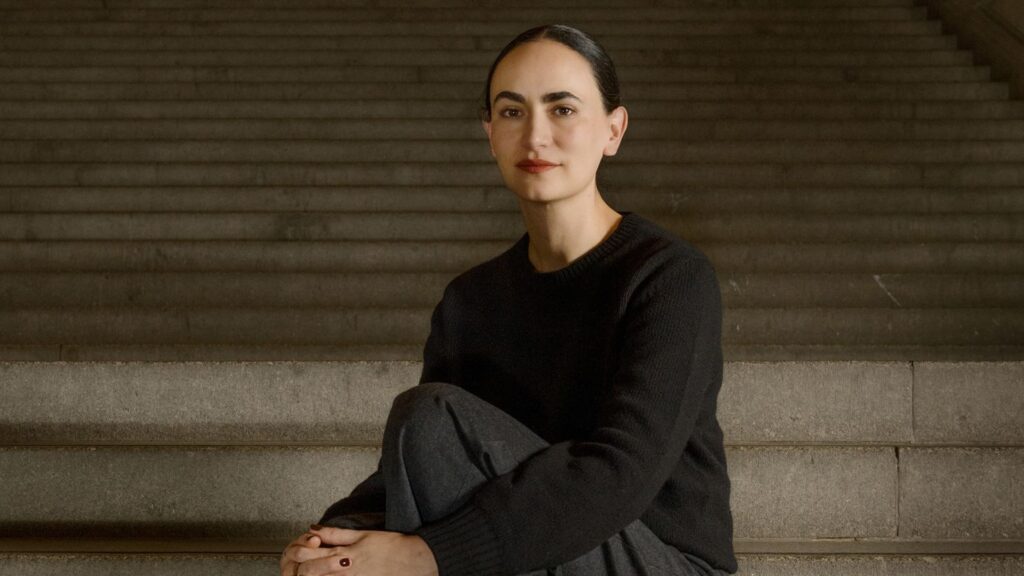Over the next five years, New York City will welcome two new momentous spaces for the arts, both along Manhattan’s iconic Fifth Avenue, some 40 blocks apart. The first is an airy new $550-million wing for the Metropolitan Museum of Art’s modern and contemporary collection on the Upper East Side; the second is a new home for the groundbreaking National Black Theatre (NBT) in Harlem.
Both of these undertakings are led by the same architect, who, until now, had never completed a building for a cultural institution of this scale — nor had she even designed a major project in New York.
Frida Escobedo’s tandem commissions reflect the barrier-breaking superlatives she is now accruing. In a profession that often skews older and male, the 45-year-old Mexico City-born architect’s achievements have often been prefixed by “the youngest,” “the first” or a combination of the two. Her project with the Met, for instance, makes her the first female architect to design a wing in the storied museum’s 155-year history.
Escobedo has always forged her own path. Eschewing tradition, she opened her own eponymous studio in 2006 without having worked her way up through larger architectural firms or under the guidance of a celebrated “starchitect.” Her early projects included a juried commission for Mexico City’s Museo Experimental El Eco, where a series of movable concrete blocks in the museum’s courtyard can be built up or rearranged depending on the program, and the Plaza Cívica, a tilted round stage in the center of a busy plaza in Lisbon, for the Portuguese capital’s architectural triennial, that invited public interaction.
Escobedo’s breakout moment arrived in 2018, when she was selected to design that year’s Serpentine Pavilion, one of architecture’s most prestigious commissions, in London. There she constructed a dark, porous structure of stacked “celosia” walls, typical of Mexican buildings, that cast deep shadows with the rising and setting sun.
Continue reading the complete article on the original source



